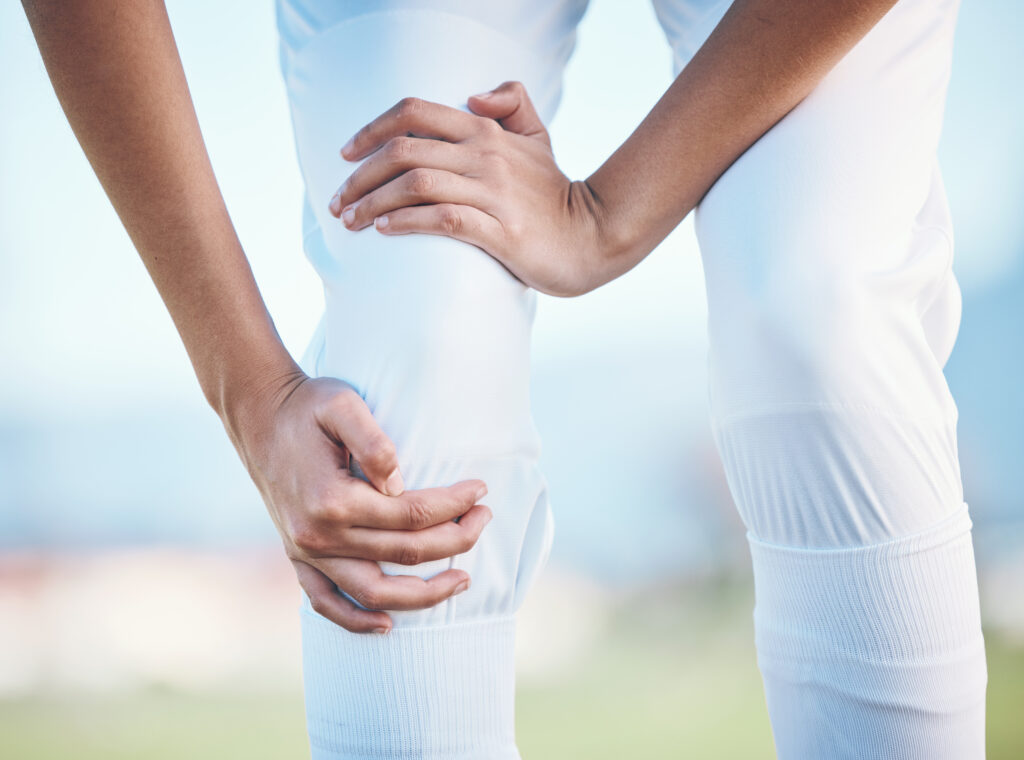Joint pain, PHYSIOTHERAPY
Recurrent Joint and Muscle Stiffness – When to seek treatment?
One of the most common complaints I hear, whether from an active or sedentary person, is a feeling of tightness in joints or muscle stiffness, especially in the morning or after sitting for a long time. Where does that feeling come from? Is it normal? And what can we do about it?
The first thing you need to know is that a feeling of tightness in the body is a very common experience in most individuals, almost daily, with variations to intensity and duration that it lasts for. This increases with age (after 25 years old), with level and type of activity, flexibility, hydration, and hormones.
Why do we feel tight?
Usually, in the morning when we are about to get out of bed, or during the day after sitting for some time and we are about to get up, we might feel quite tight. e.g. in the neck, back, or lower limbs. Muscle stiffness usually happens because our body temperature reduces (while sleeping), and because the lubrication in our soft tissues and joints reduces.
The reason is usually due to changes in two structures in our body: Joints and Fascia
-The fascia is a group of connective tissues that surround and support the muscles, soft tissues, organs, and bones. Fascia is like a web with multiple layers, that provide stability and structure to muscles and helps maintain movement and flexibility. Its layers move smoothly on top of each other because of a lubricant in between, and that is what helps us feel loose.
-Joints are connectors between one bone to another that allow us to move. In the space between bones, there is a fluid which also acts as a lubricant and allows for free movement.
*In situations when the body temperature drops (for example while sleeping), or after staying in one position for long (as many people with office jobs do) or if we are dehydrated, or after an intense workout where lactic acid builds up; this lubricant in between fascial layers and inside joints can become thickened and feels ‘glue-y’, resulting in an uncomfortable sticky feeling, which is what we call tightness or stiffness.
What can we do about it?
The best example or role model to follow (in my opinion) is cats, as they have excellent flexibility and mobility, and they maintain it through their little stretches throughout the day. They naturally have a routine of stretching in different directions whenever they wake up from sleep or are about to get up to move. So the shortest answer would be movement.
I find the easiest way is to incorporate movements into my routine so that I do not feel like it is a burden or that it is something that can be time-consuming.
Simple movements while in bed in the morning;
stretching out legs straight with pointy toes and arms up in the opposite direction. Then sitting in bed and rotating from one side to another as if you’re looking over the shoulder.
When standing, (while waiting for the coffee to get ready) I do a forward bend, hands to toes touch, then stand on one leg and rotate the other hip in a circular motion.
This way the tissues and joints are warmed up and ready for the day.
For people who have desk jobs and sit for long hours, similar movements can be added during the day every hour; like neck rotations and looking up and down; moving shoulders in a circular motion; rotating mid back from side to side, and simply standing up and sitting in place to bring back fluidity.
Finally, at the end of the day, a warm shower or hot bath for 20-30 minutes can be helpful for the night.
When to seek treatment
If you realize that the feeling of muscle stiffness stays for longer than an hour after waking up even though you stretch regularly; or if it takes effort (or it is painful) to stand up and walk comfortably after sitting for some time; or that the feeling of stiffness has been getting worse and not reducing, it is advisable to get checked by your therapist or doctor, to rule out the possibility of an underlying pathology.
Most of the time tightness reduces naturally with movement and throughout the day, so it is important to understand if this is your body’s natural response or does it feel unusual.


